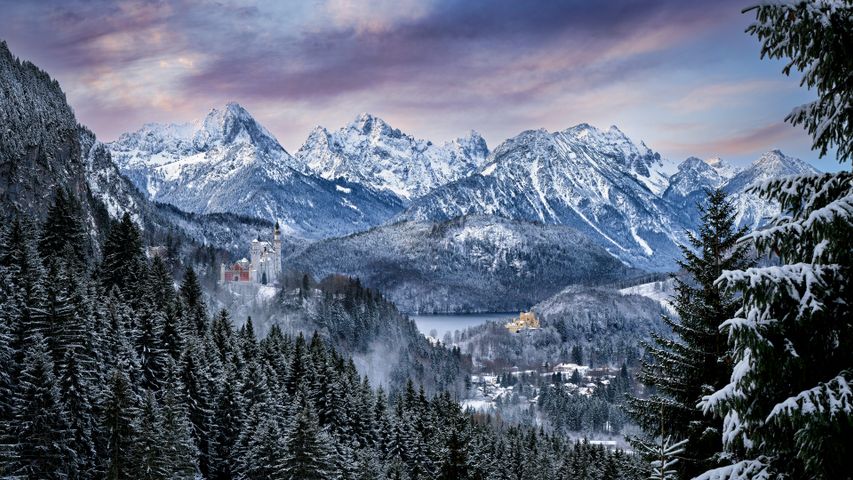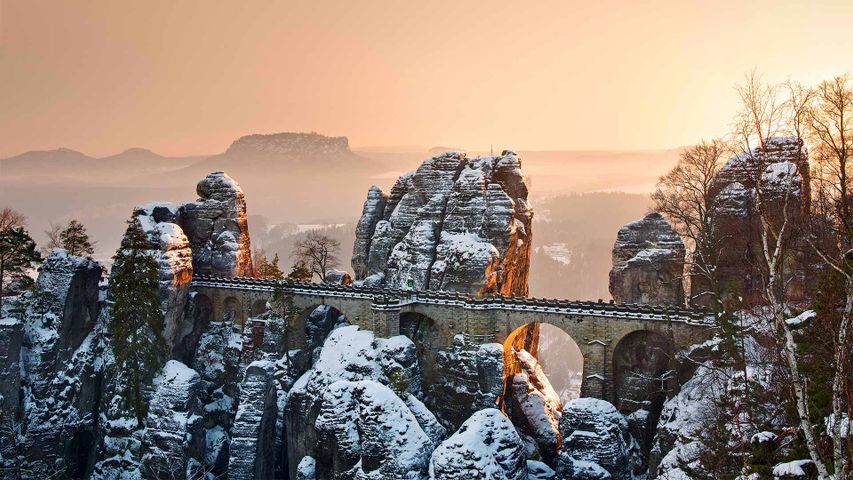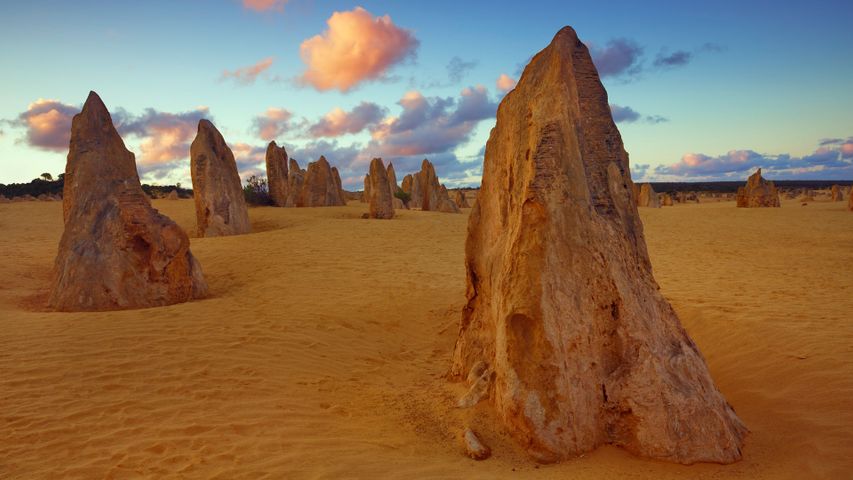Bamboo, Guwahati, Assam, India
© Page bazar/500px/Getty Image
Bamboo, India
When you think about reforestation, bamboo may not be the first thing that you think of. And it’s true, bamboo isn’t technically a tree – but planting and cultivating it is no less beneficial for people and the environment. As the fastest growing grass on the planet, bamboo has incredible potential as a sustainable resource. Its woody stem makes it very tree-like, yet it also has unique properties.
According to Guinness World Records, some species of bamboo can grow up to almost a metre a day. The plant is used for a great variety of purposes, especially in East and Southeast Asia. The seeds of some species are eaten as grain, and the cooked young shoots of some bamboo plants are eaten as vegetables, especially in Chinese cuisine. The raw leaves are a useful fodder for livestock. The pulped fibres of several bamboo species, especially Dendrocalamus strictus and Bambusa bambos, are used to make paper. Bamboo is strong, flexible and virtually fire-proof, and therefore it's an excellent choice for making household items and can be used even for construction purposes.
Here, in today’s picture, you are seeing bamboo plants in Guwahati, Assam, India. Though the plant is native to tropical, sub-tropical and temperate climates (particularly in Asia and South America), it also grows in parts of Australia, Africa and in the southern United States.
Related Images
Bing Today Images



 Tasmanian snow gum and pandani plants near Lake Dobson, Mount Field National Park, Tasmania, Australia
Tasmanian snow gum and pandani plants near Lake Dobson, Mount Field National Park, Tasmania, Australia
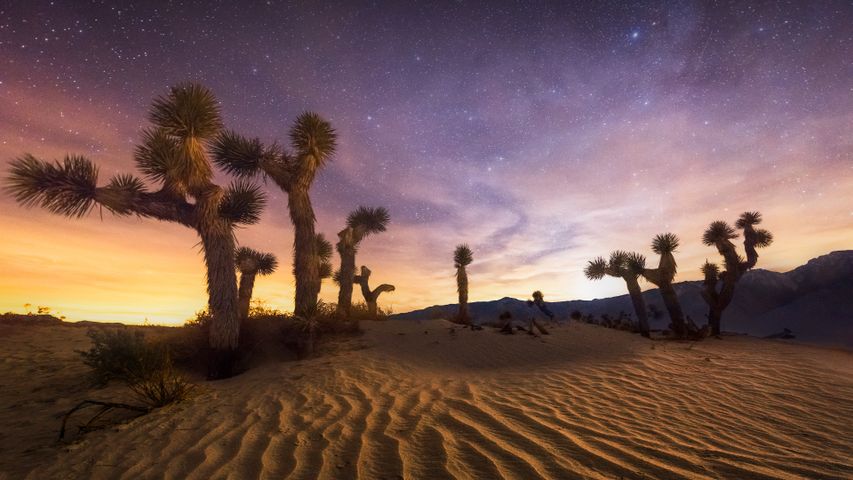 Joshua Tree National Park, California
Joshua Tree National Park, California
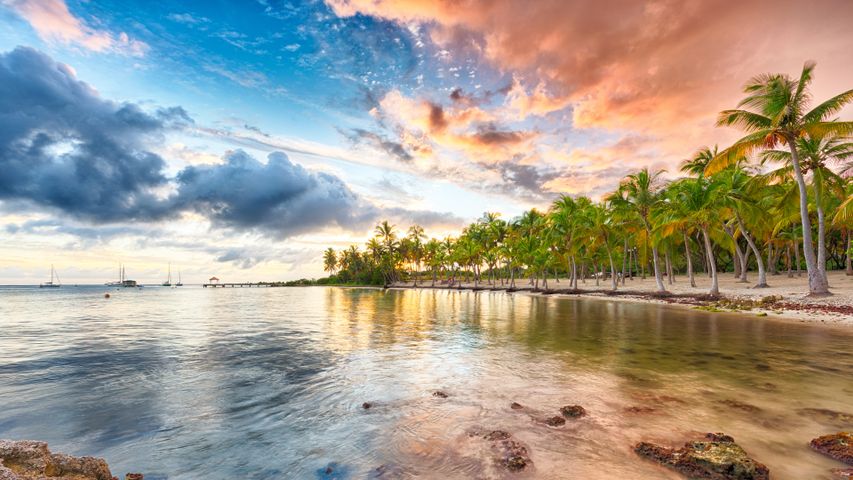 Sunset over Anse Champagne beach in Saint-François, Guadeloupe, Caribbean
Sunset over Anse Champagne beach in Saint-François, Guadeloupe, Caribbean
 Imperial palm trees in the Rio de Janeiro Botanical Garden, Brazil
Imperial palm trees in the Rio de Janeiro Botanical Garden, Brazil
 Venice Beach Skatepark at sunset, Los Angeles, California
Venice Beach Skatepark at sunset, Los Angeles, California
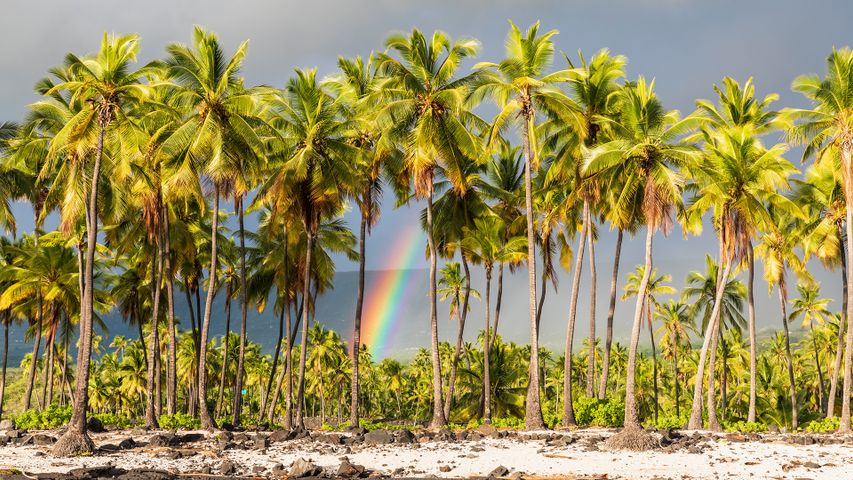 Pu'uhonua o Honaunau National Park, Big Island, Hawaii
Pu'uhonua o Honaunau National Park, Big Island, Hawaii
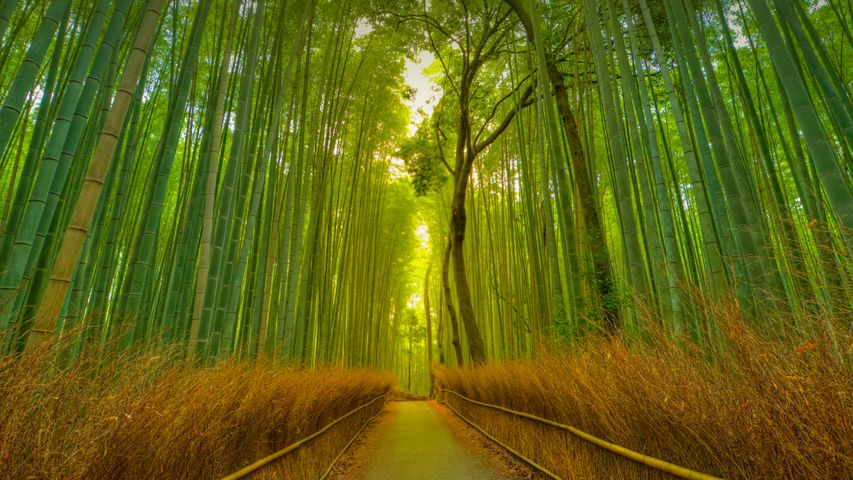 Arashiyama Bamboo Grove, Kyoto, Japan
Arashiyama Bamboo Grove, Kyoto, Japan
 Aerial view of a boat in Kerala, India
Aerial view of a boat in Kerala, India
